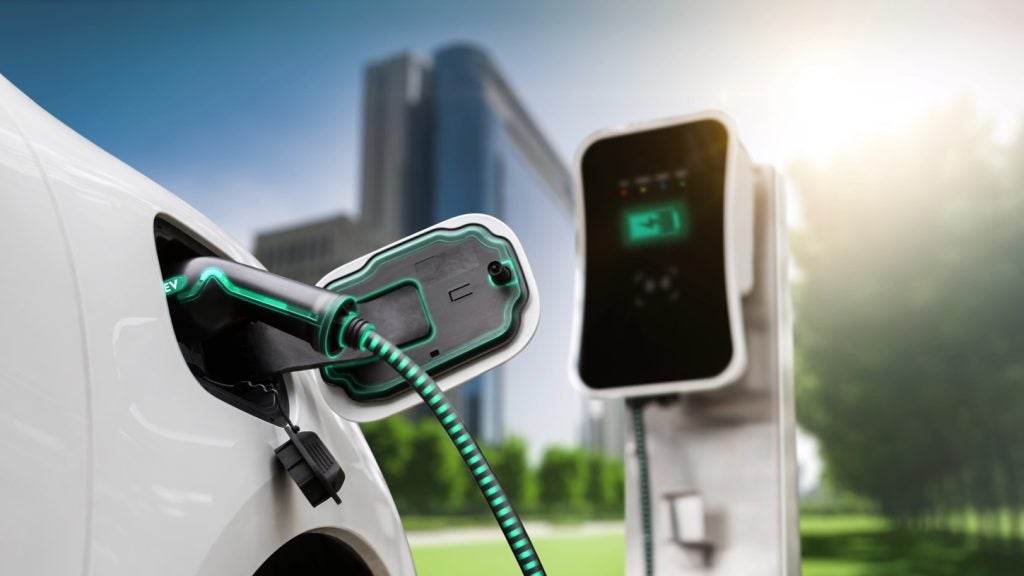
With customer data an increasingly important aspect of the car, Jonathan Minter spoke with Otonomo about just how much this data is worth, what data is most valuable, and some of its practical uses in the real world.
Over the course of 2016 and 2017, the zero-dollar car has become an increasingly popular concept.
The theory is that selling data generated by a car could eventually earn enough revenue to justify letting consumers drive the vehicle without an up-front cost.
Whether this ever happens remains to be seen, however manufacturers are beginning to look at just how much the data their cars collect is worth. According to Ben Volkow, co-founder and chief executive officer of data marketplace Otonomo, the average car can currently generate about $100 (£74.90) per year in the US, and a little less in the EU.
Otonomo operates as a middle man between manufacturers and third parties looking to access car data. Using a revenue-share agreement with OEMs, Otonomo takes car data, normalises it into a format which can be used by external companies, and then operates as a marketplace, selling the data to insurers, smart cities, garages, retailers, advertisers, financial institutions and so on.
Although Otonomo has only been operating for two years, Volkow says he has seen a notable change in OEM perspectives on selling data in that period.
How well do you really know your competitors?
Access the most comprehensive Company Profiles on the market, powered by GlobalData. Save hours of research. Gain competitive edge.

Thank you!
Your download email will arrive shortly
Not ready to buy yet? Download a free sample
We are confident about the unique quality of our Company Profiles. However, we want you to make the most beneficial decision for your business, so we offer a free sample that you can download by submitting the below form
By GlobalDataHe says: “Two years ago they were in the stage of data mobilisation. Now they are moving to the age of data commercialisation.
“They invested billions in connectivity. They changed the car infrastructure, put in a modem and pay Amazon to store the data. Now they need to show the shareholders why!”
The value of this data is not hard to see. Yael Rivkind, partnership manager at Otonomo, says the insurance market is the most mature today in this regard. Recent developments in this industry have seen it move towards pay-as-you-drive policies – which require mileage information – and pay-how-you-drive policies – which require driving information for profiling.
Beyond this, insurers are interested in car incident reconstruction, help with providing roadside assistance, and diversifying their offering with new value-add products. In-car data is valuable to insurers for all of this.
According to Volkow, GPS and odometer information are the two most popular types of data provided by OEMs. It is also the most in demand from insurers and companies looking to buy data. “We tell manufacturers ‘you can get on the dance floor even if you only know two moves’,” he notes.
He adds that manufacturers have seen what happened in the phone space, where the introduction of Apple 10 years ago, and Google shortly after, reduced the roles of phone manufacturers.
“The car guys know they need to open up. The question is, do you use a partner like us, or try to connect to everyone? I think most of them are talking about working with a marketplace like us.”
A second change Volkow has observed is: “Two years ago OEMs queried why they should give up their data. Today, everybody understands the data does not belong to the OEM; it is only the custodian. The data belongs to the driver or car owner.”
As customer data has become increasingly commoditised, public perception and regulation has gradually changed to reflect this – most notably with the incoming General Data Protection Regulation (GDPR).
There are two kinds of data a car produces – personal and anonymised. Volkow describes the latter as the easier of the two to package and sell, but says there are still challenges.
“In some countries, for anonymised information, it is enough to take the VIN out. In Germany it is not enough. They say if you have enough GPS information, you can understand who someone is in the end.”
Non-anonymised data requires approval from the customer, and therefore Volkow has observed companies offering customers discounts or additional services in return for access to it. From an OEM perspective, finance can be used as an incentive, for example potentially giving a discount on the rate of finance for data, or potentially a small rebate on every mile driven. Alternative paths OEMs may take include offering free servicing in exchange for data. If the average car can collect data worth $100 today, it seems likely that this will only increase in the future, despite increasingly stringent regulation.
The world of data collection is still young in the automotive industry, and there is still fine tuning to be done. This is not just in terms of adding more data, but in establishing what data is worth collecting, how rapidly it should be refreshed, and what level of latency is needed. In some cases this will see more data collected more regularly. But it might work the other way around aswell– OEMs may be collecting and sending more data of certain types than needed, and could save costs here.
At the same time, the number of companies wishing to access this data is growing, and given the youth of the market, this seems likely to continue to expand.
As such, Volow concludes: “This is a huge market. It will be worth billions of dollars in four or five years’ time.”







